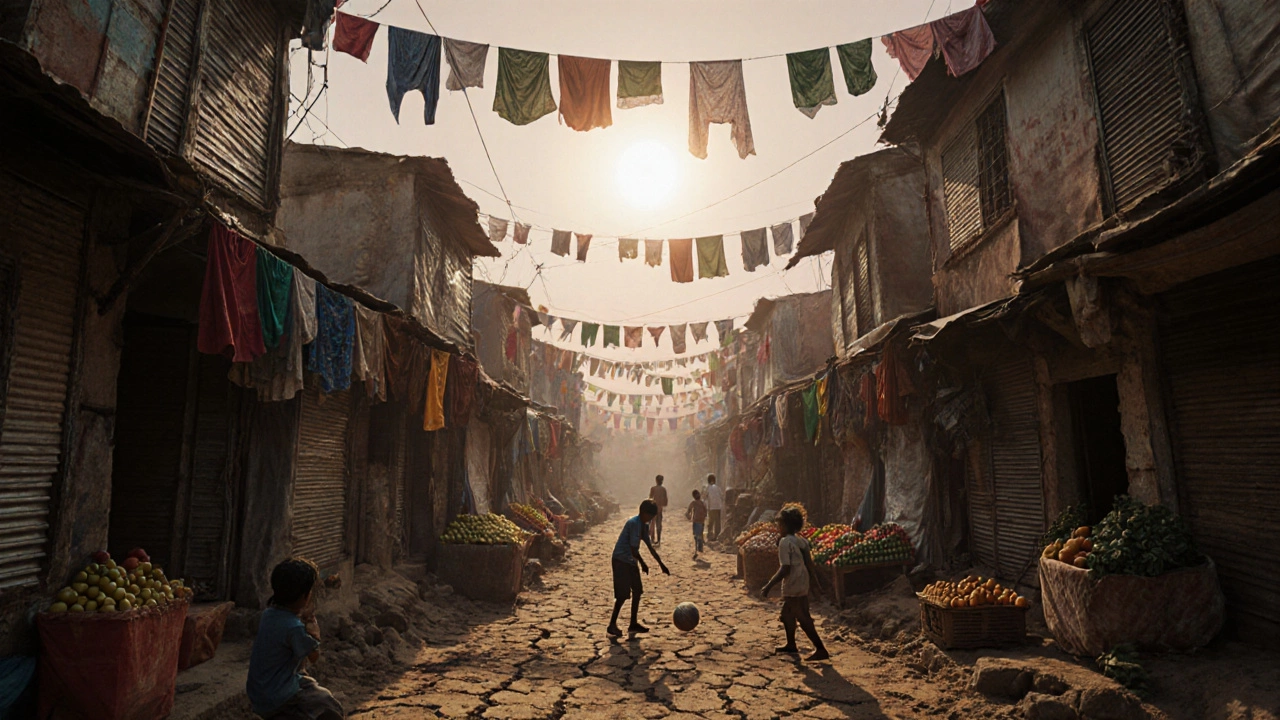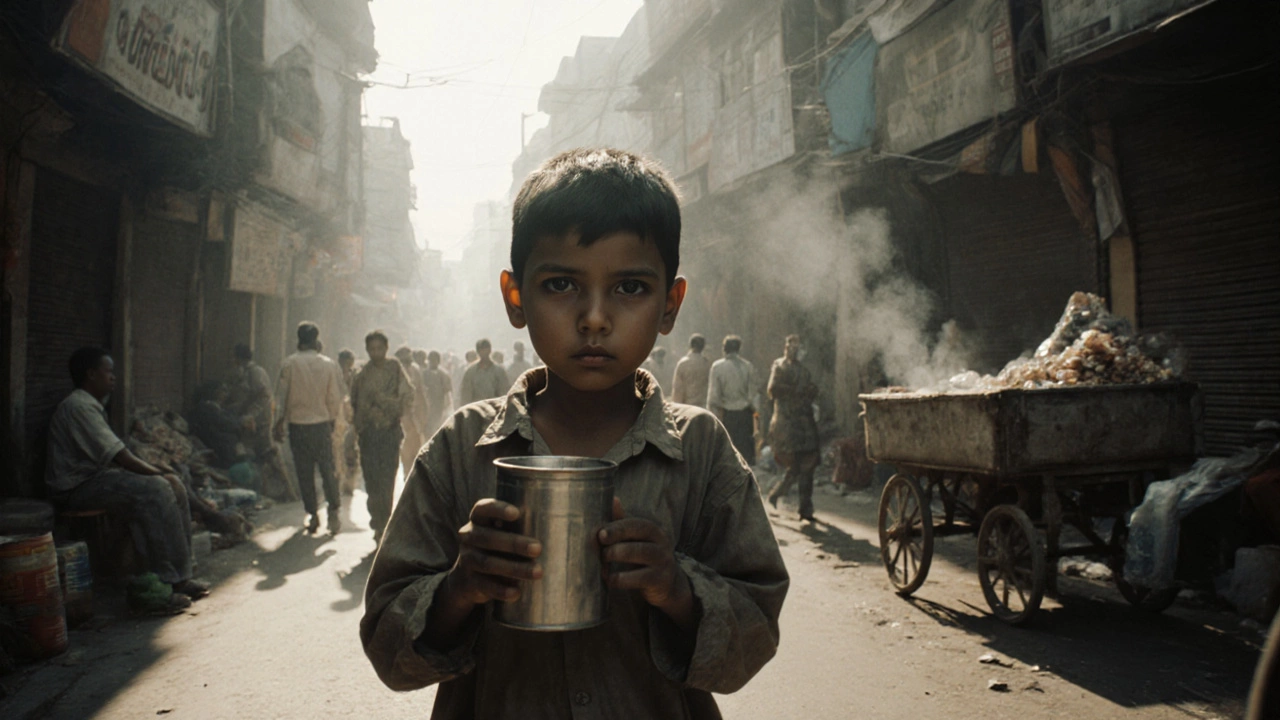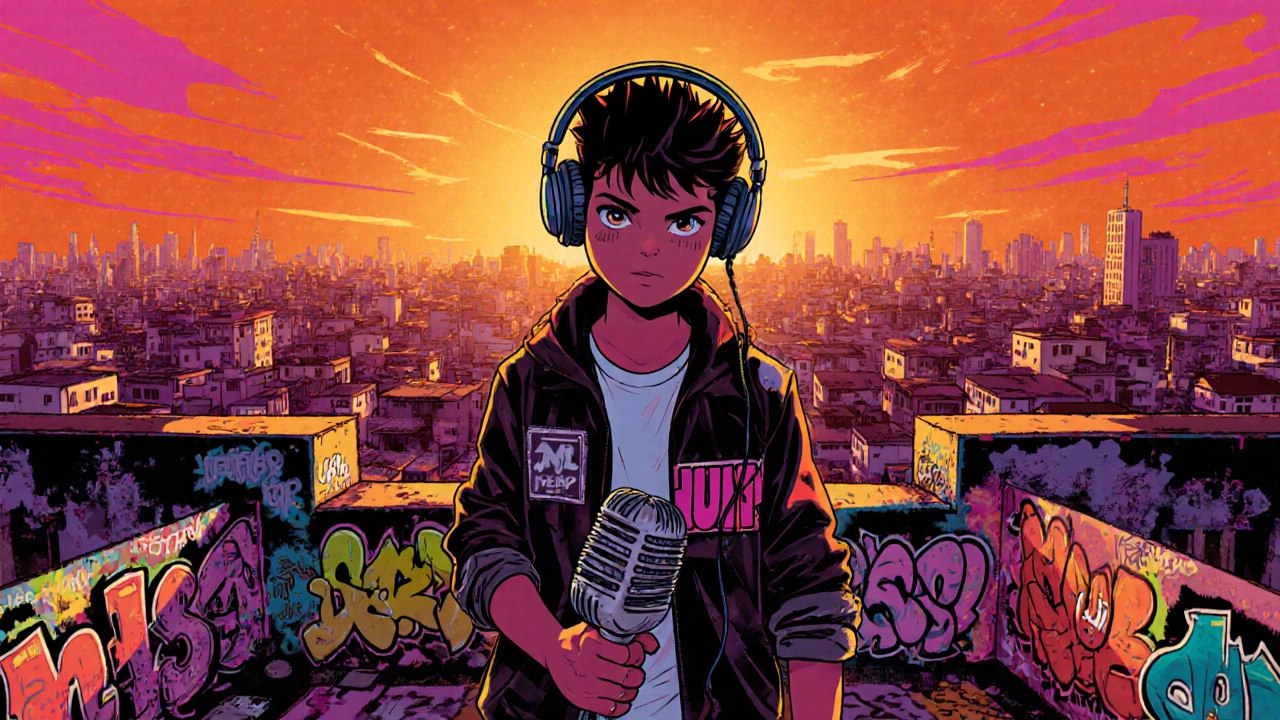Top Indian Films Set in the Slums: From Salaam Bombay! to Gully Boy
 Oct, 23 2025
Oct, 23 2025
Slum Film Comparison Tool
Compare Iconic Indian Slum Films
Select a comparison criterion to see how the three landmark films differ in key aspects.
Comparison Results
| Film | Salaam Bombay! | Satya | Gully Boy |
|---|---|---|---|
| Release Year | 1988 | 1998 | 2019 |
| Director | Mira Nair | Ram Gopal Varma | Zoya Akhtar |
| Lead Actors | Shabana Azmi, Shabana | Manoj Bajpayee, Urmila | Ranveer Singh, Alia Bhatt |
| Primary Slum Setting | Mumbai streets (Breach in Dharavi) | Mumbai underworld districts (Slum-adjacent) | Dharavi, Mumbai |
| Major Awards | National Film Award, Oscar nomination | Filmfare Best Actor, National Award | Filmfare Best Actor, National Film Award for Social Issues |
| Film Style | Hand-held camera work, natural lighting | Realistic crime drama, gritty texture | Music-driven, bright colors contrast |
Ever wondered which movies actually take you into the cramped lanes of India’s slums? You’re not alone. For decades, a handful of filmmakers have turned the lens toward the under‑belly of Indian cities, showing life that mainstream Bollywood often glosses over. Below you’ll find a quick guide to the most iconic Indian slum‑set films, why they matter, and how you can watch them today.
What Makes a "Slum Movie"?
In Indian cinema, a slum movie isn’t just about a backdrop of poverty. It’s a story where the slum itself becomes a character-shaping ambitions, dictating survival tactics, and exposing social inequities. These films usually feature:
- Authentic location shooting in places like Dharavi or the streets of Kolkata.
- Non‑professional actors or real residents sharing screen time with stars.
- Themes of aspiration, exploitation, and community resilience.
When done right, the result is a gritty, human portrait that resonates far beyond the screen.
Classic Trailblazer: Salaam Bombay! is a 1988 drama directed by Mira Nair that follows a ten‑year‑old street boy in Mumbai’s infamous slums.
Released in 1988, Salaam Bombay! put India’s slums on the global cinematic map. Mira Nair cast actual children from the streets, giving the film an unsettling realism. Shabana Azmi’s performance as a compassionate social worker earned her a National Film Award, while the movie snagged an Academy Award nomination for Best Foreign Language Film.
Key highlights:
- Location: Filmed in the real streets of Mumbai, capturing the cacophony of vendors, traffic, and makeshift homes.
- Impact: Sparked international discourse on child labor and street children, leading to NGOs citing the film in advocacy work.
- Style: Hand‑held camera work and natural lighting make you feel you’re walking side‑by‑side with the protagonists.
Urban Underworld Portrait: Satya is a 1998 crime drama by Ram Gopal Varma that delves into Mumbai’s underworld, much of it rooted in slum territories.
While Satya is often celebrated for its gangster narrative, the film’s heart beats in the slums where power brokers emerge. Manoj Bajpayee’s chilling portrayal of the titular character earned him a Filmfare Award for Best Actor.
Why it matters for slum cinema:
- Setting: Much of the plot unfolds in the Lumbini and Kamathipura districts, areas that blur the line between slum and crime zone.
- Realism: Varma used actual slum residents as background actors, preserving the chaotic texture of the neighborhoods.
- Legacy: Inspired a wave of gritty, realistic crime films that treat the slum as a crucible for ambition and desperation.

Modern Voice of the Streets: Gully Boy is a 2019 musical drama directed by Zoya Akhtar that chronicles the rise of a rap star from the Dharavi slums.
Fast forward to 2019, and Gully Boy brings the slum story into the world of hip‑hop. Ranveer Singh’s electrifying performance as Murad, a kid from Dharavi who raps his way out of poverty, won him a Filmfare Best Actor award. The film also earned a National Film Award for Best Feature Film on Social Issues.
What sets it apart:
- Music: Original rap tracks composed with actual street rappers give the film authentic sound.
- Color palette: Bright, saturated hues contrast the bleakness of slum life, highlighting hope.
- Social relevance: Sparked a surge in Indian indie rap and boosted awareness of slum youth’s creative potential.
Side‑by‑Side Comparison
| Film | Release Year | Director | Lead Actor(s) | Primary Slum Setting | Major Awards |
|---|---|---|---|---|---|
| Salaam Bombay! | 1988 | Mira Nair | Shabana Azmi, Shabana | Mumbai streets (Breach in Dharavi) | National Film Award, Oscar nomination |
| Satya | 1998 | Ram Gopal Varma | Manoj Bajpayee, Urmila | Mumbai underworld districts (Slum‑adjacent) | Filmfare Best Actor, National Award |
| Gully Boy | 2019 | Zoya Akhtar | Ranveer Singh, Alia Bhatt | Dharavi, Mumbai | Filmfare Best Actor, National Film Award for Social Issues |
Why These Films Still Matter
Each of these movies did more than entertain; they sparked conversations about poverty, education, and the right to dream. Indian slum movies have become a lens through which global audiences see the resilience of India’s poorest communities.
Here’s how they’ve shaped perception:
- Policy impact: NGOs have used scenes from Salaam Bombay! to lobby for child‑rights legislation.
- Genre evolution: The success of Satya ushered in a new wave of realistic crime dramas that treat slums as narrative engines, not just settings.
- Cultural shift: Gully Boy turned street rap into a mainstream movement, giving a voice to thousands of untapped talents.

Where to Watch These Classics
All three films are available on major streaming platforms, though regional availability may vary:
- Salaam Bombay! - Netflix (US/UK) and Amazon Prime in India.
- Satya - Disney+ Hotstar (India) and HBO Max (selected regions).
- Gully Boy - Netflix worldwide and SonyLIV in India.
Check your local catalog, or look for the films on DVD if streaming isn’t an option.
Quick Takeaways
- Three must‑watch Indian slum movies: Salaam Bombay!, Satya, and Gully Boy.
- They each highlight a different era: 80s realism, 90s underworld, 2010s hip‑hop.
- All earned prestigious national and international awards, underscoring their cultural significance.
- Streaming availability makes them easy to watch; just pick a platform that suits you.
Frequently Asked Questions
Which Indian slum film was the first to receive an Oscar nomination?
Salaam Bombay! earned a nomination for Best Foreign Language Film at the 61st Academy Awards, marking the first time a movie set in Indian slums received that honor.
Are the slum settings in these movies real locations?
Yes. Directors shot on location in Mumbai’s real slums-Dharavi for Gully Boy, and older neighborhoods for Salaam Bombay! and Satya. This authenticity adds texture and credibility.
Do these films feature non‑professional actors?
Mira Nair cast real street children in Salaam Bombay!, and Zoya Akhtar brought actual Dharavi rappers into the studio for Gully Boy. Their presence grounds the stories in lived experience.
Which film best captures contemporary slum life?
Gully Boy offers the most up‑to‑date portrayal, focusing on youth culture, social media, and the rise of Indian hip‑hop within Dharavi’s bustling lanes.
How have these movies influenced Indian cinema?
They opened doors for realistic storytelling, inspired indie filmmakers to shoot on location, and encouraged mainstream studios to trust stories rooted in poverty and ambition.